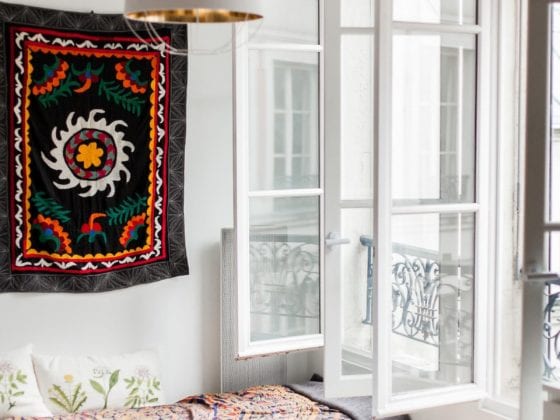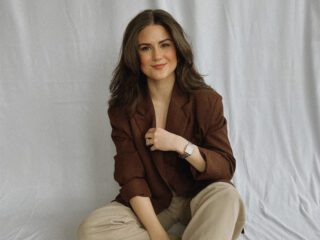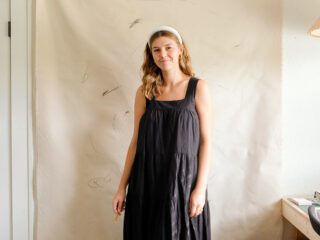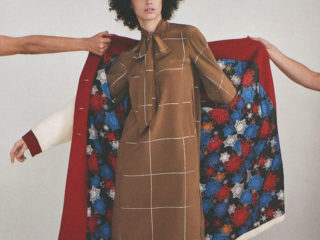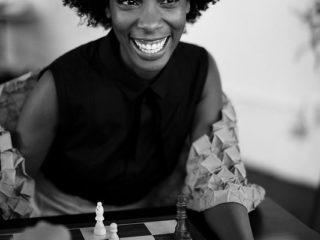I was a science major in college. Growing up in a household of artists, and being creatively-inclined myself, this hard left into a world of facts and figures was a bit jarring to say the least. And while my liberal arts alma mater attempted to give me a well-rounded education during my four years, I noticed an inevitable divide: science majors this way, art majors that. (We even had our own libraries. The fluorescent-lit science one made certain you were there to study.)
This isn’t the case everywhere, of course, but given the level of surprise I encounter when people ask what I majored in, there still seems to be a boundary between STEM (science, technology, engineering, mathematics) and creative fields.
That’s why it was so inspiring to meet Magdalena Kokoszynska. She’s the lead color and trim designer for Chevrolet and a fresh example of how someone with an artist’s eye can bring welcome vision to a place you wouldn’t expect — like the automotive industry.
Below Magdalena shares how her creative career continues to evolve and why there’s no field art can’t find relevance in:
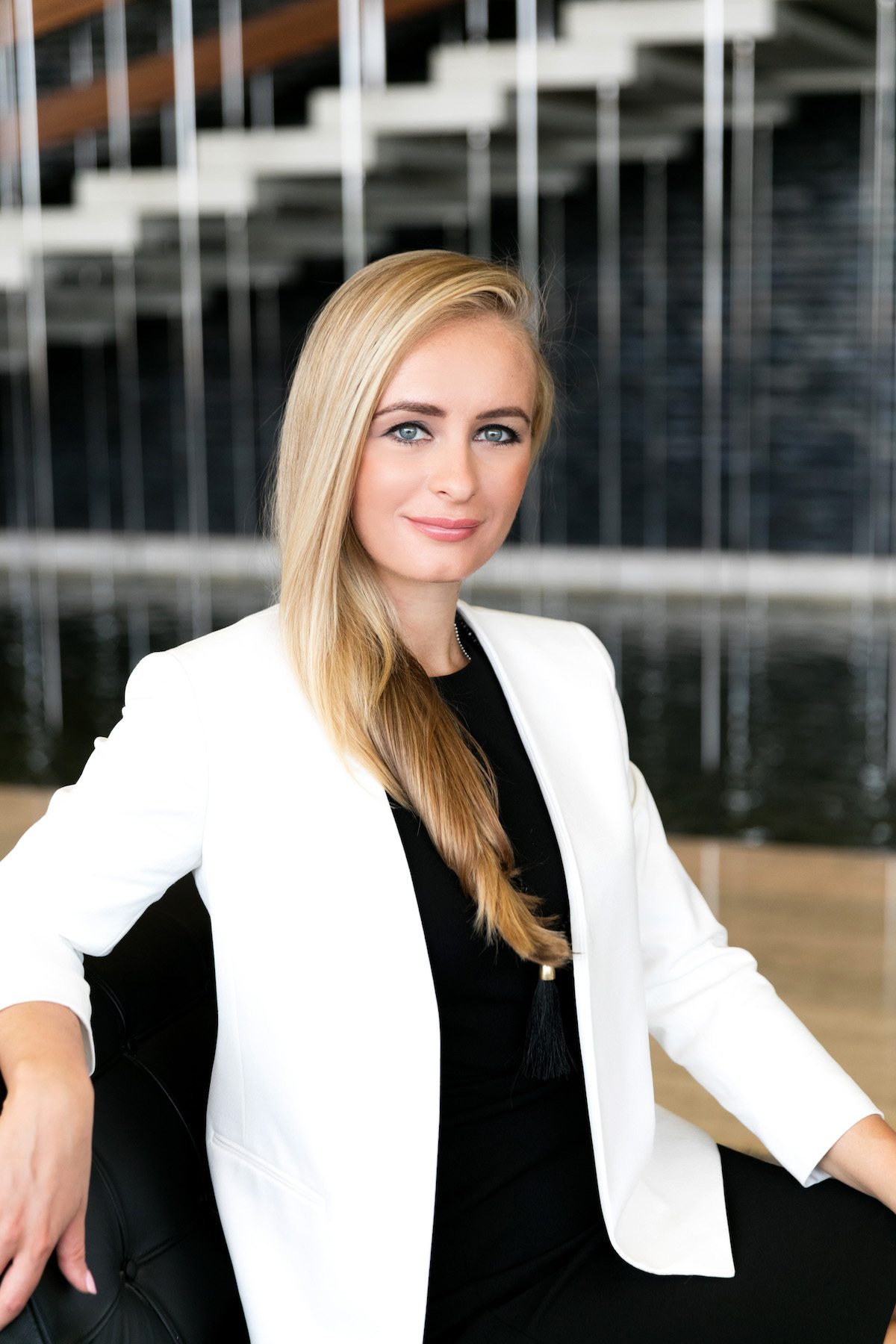
Darling Magazine: What’s your academic background?
Magdalena: I attended Fiorello H. LaGuardia High School of Music & Art and Performing Arts (Manhattan, NY), where I was an art major. I also graduated from Pratt Institute (Brooklyn NY), where I was an Industrial Design Major.
DM: What was your dream job growing up?
Magdalena: I always knew growing up that I would end up doing something in the creative field, I just wasn’t sure what that would be. The more I thought about my future career, I envisioned myself presenting creative ideas and displaying a creative vision to an audience. I held on to that image and dream as I began to define/refine my skills during high school. It wasn’t until my freshman year in college that I became introduced to industrial design and the automotive field.
My dream job growing up was to create design experiences and to inspire others. The concept of creating beauty is a bit abstract, but I just wanted to create beautiful objects.
DM: Tell us a bit about how you went from the design world to the auto industry.
Magdalena: I was first introduced to automotive design after taking a transportation design class as a studio elective in my junior year. The class, being very conceptual, focused on designing far-reaching vehicles and concepts through the process of abstraction, 3-dimensional form ideation and pattern and color exploration.
This class opened my eyes to a new field I had never considered before. Through Pratt, I developed a keen eye for 3-dimensional form, color and pattern, as well as my own design philosophy. Pratt taught me how to think abstractly and apply this way of thinking in a creative way within my current position as a lead color and trim designer on Chevrolet crossovers and trucks, like the Tahoe and Suburban.
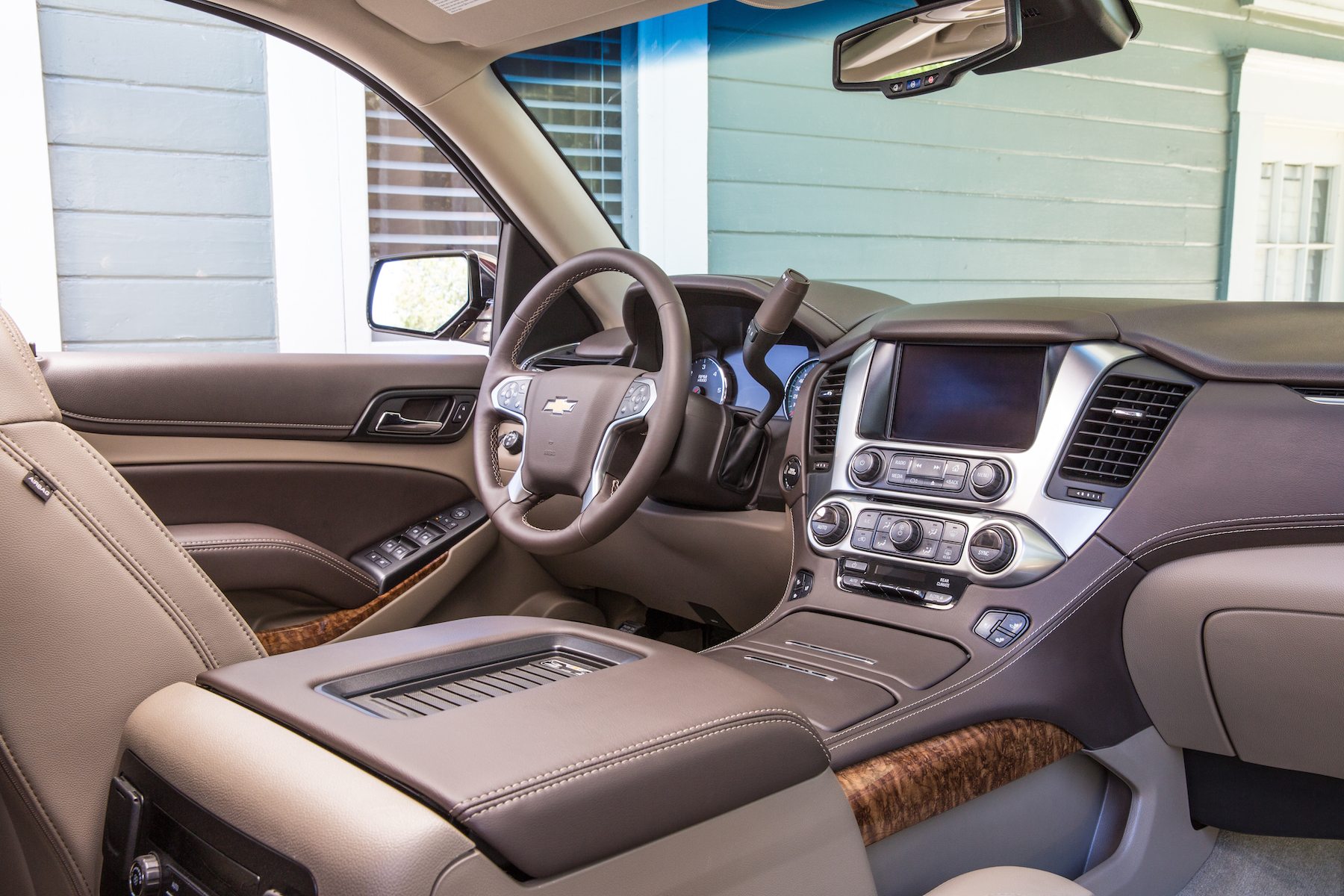
DM: What’s your current role at Chevy? And how does your training in art and design factor in on a daily basis?
Magdalena: I am the lead color and trim designer for Chevrolet crossovers and trucks. My training in art design taught me to think creatively and outside of the box, to formulate solutions that are not always conventional ones. My design training also instilled in me a passion, drive and vigor to go above and beyond what is seen and to push creative boundaries when creating future visions.
For example, in the 2017 Chevrolet Tahoe and Suburban interior, we wanted to create an easy to love interior palette, but also one that is expressive and unique. I’m particularly proud of the Cocoa/Mahogany interior in these vehicles because it really pushed the creative boundaries for interior design within Chevrolet.
My training in art design taught me to think creatively and outside of the box, to formulate solutions that are not always conventional ones.
DM: Car interiors aren’t the easiest to upgrade or redo. How do you know which trends to incorporate into a vehicle that stand the test of time?
Magdalena: Knowing which trends to incorporate into a vehicle takes a good eye and good intuition. Because we work so far out in the automotive industry, projecting what trends will be relevant in the future becomes more about studying the patterns and color shift we see today.
A trend may be relevant in another industry, but won’t have the longevity in automotive. This is where color and trim designers filter and further refine trends that are applicable to automotive design. Home interior design is a big source of inspiration for me. I strive to understand the Chevrolet customer and their daily lives and make an effort to extend the comfort of their home into their vehicle. Home interior designs also tend to have a similar life span to a vehicle.
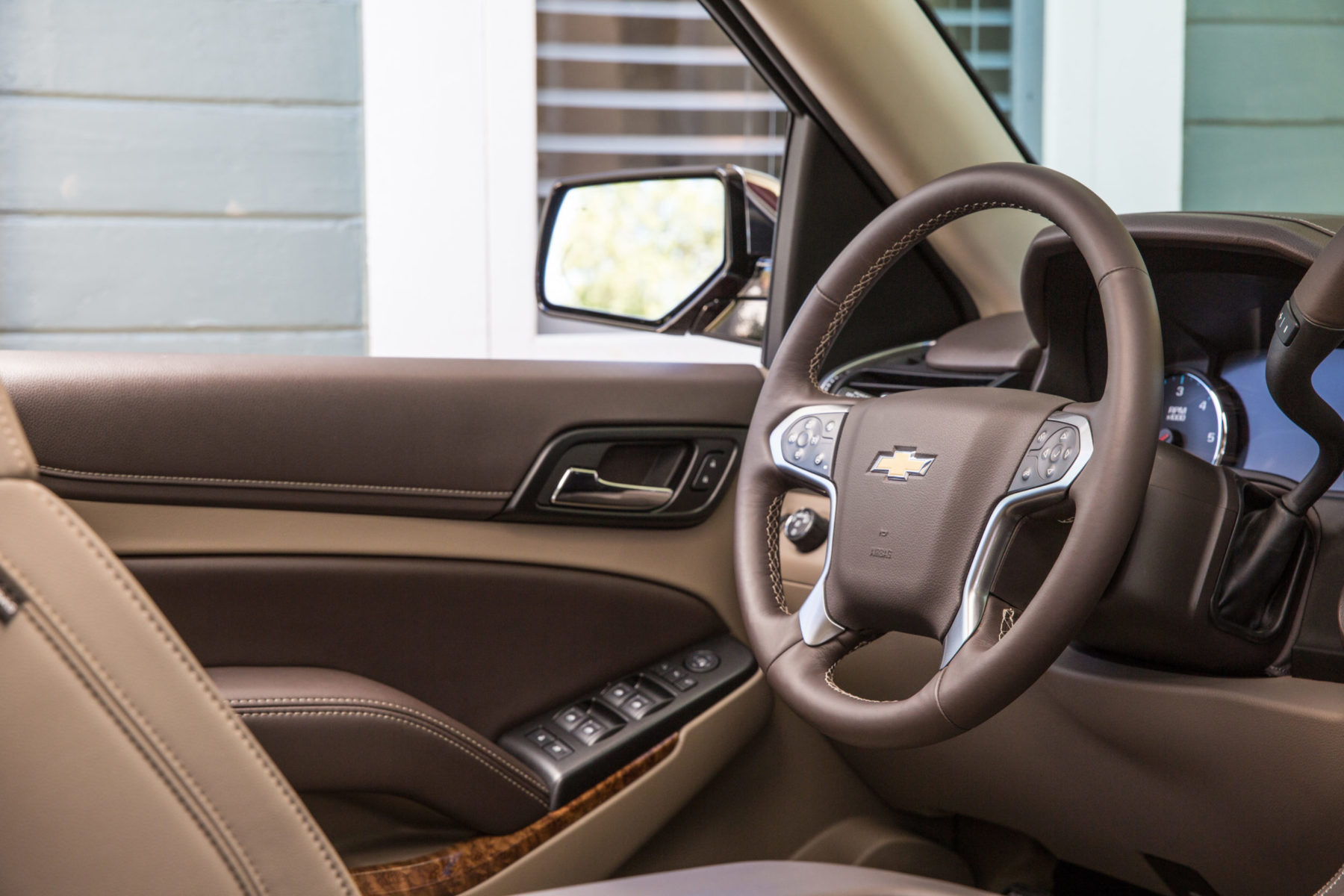
DM: What do you love most about your job?
Magdalena: What I love most about my job is that every day is different. I love juggling different things throughout my work day and working with all of my counterparts in marketing and engineering to bring creative solutions to the table when design problems arise. Every day in design is different and the versatility throughout the day is what keeps it exciting.
DM: What do you think keeps more creatives or artists from pursuing a job in a STEM field?
Magdalena: For me, creativity came naturally; it’s innate to who I am. I think many artists would agree that they feel this way too. To pursue a career in a STEM field as an artist you have to not only refine your design skills, but also learn math and science. Just like anything else, you have to be passionate enough to put the work in.
I am surrounded everyday by creative people in the STEM field. I think that exposure to a career like mine is limited for young people and this makes it harder for people to pursue something they don’t know exists. At GM and Chevrolet, we do a lot to spread awareness and encourage young people to consider a career in automotive design. For example, we partner with the College for Creative Studies (CCS) every year for the You Make a Difference program to teach Detroit-area high school students about transportation design and give them meaningful experiences in the field. Many of them move on to attend CCS and pursue careers in automotive design, which is exciting to see.
DM: What would you to say to a creative who thinks a career in STEM might be limited or unfulfilling?
Magdalena: I think fulfillment comes naturally when you love what you do. I would say that I am a great example of a creative person in a STEM field who is very fulfilled! I face different challenges every day that keep me on my toes and push me to come up with creative, beautiful solutions. And I get to see my designs on the road every day!
A vehicle is truly an extension of an individual’s personality and lifestyle. It’s a privilege to design a product that is such an integral part of someone’s daily life. For example, a Chevy Tahoe or Suburban is usually a family car. People use these large vehicles for family vacations and road trips. So in essence, we are creating a design experience for the owner and their family. The most important thing is to follow your passion and STEM-heavy industries shouldn’t scare you. They can be just as rewarding as any other creative career path. I encourage people to keep an open mind and try new things to find where their passion lies.
What do you think? Where would you like to see more crossover between STEM and design?
Feature Image by Grace Kathryn for Darling Issue No. 5


